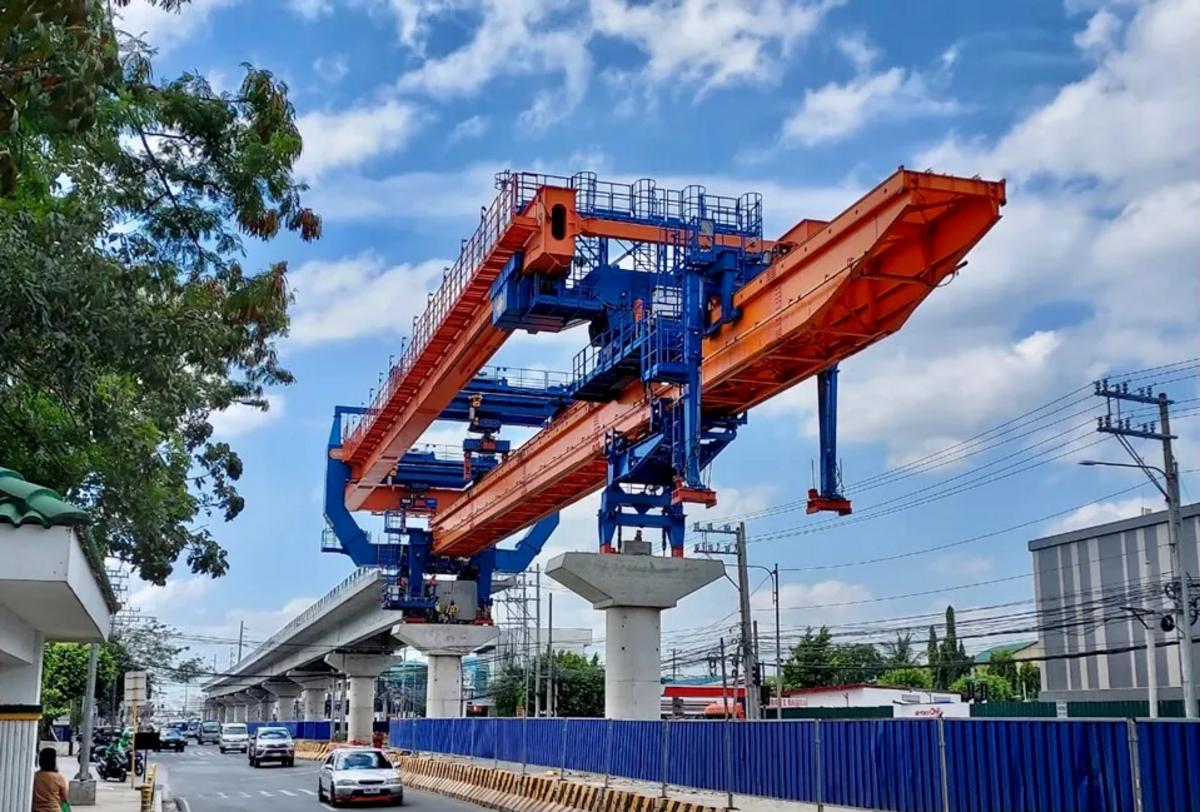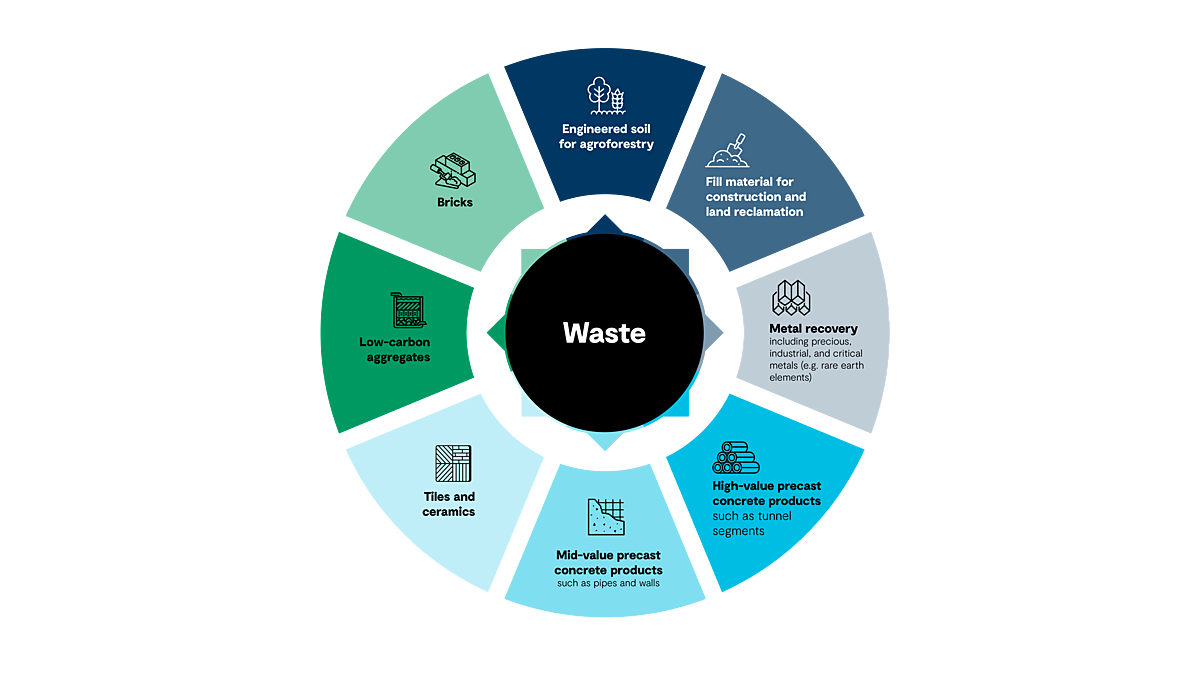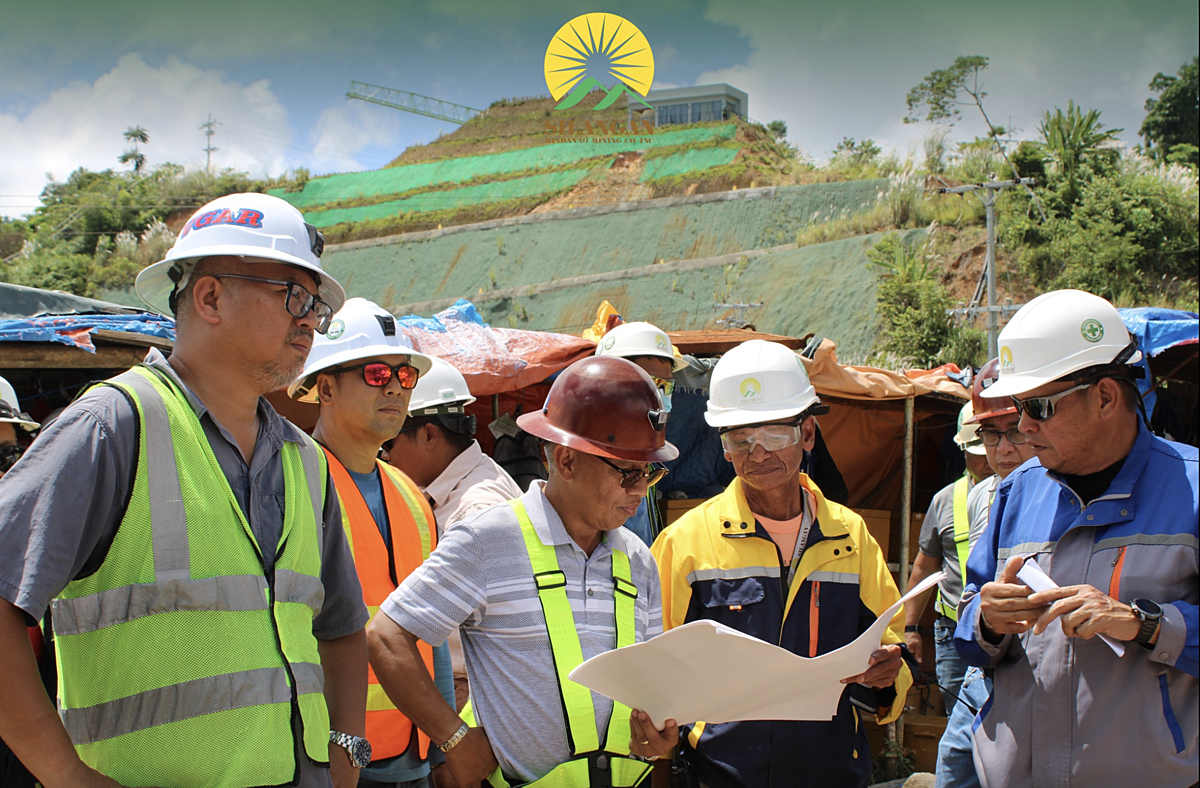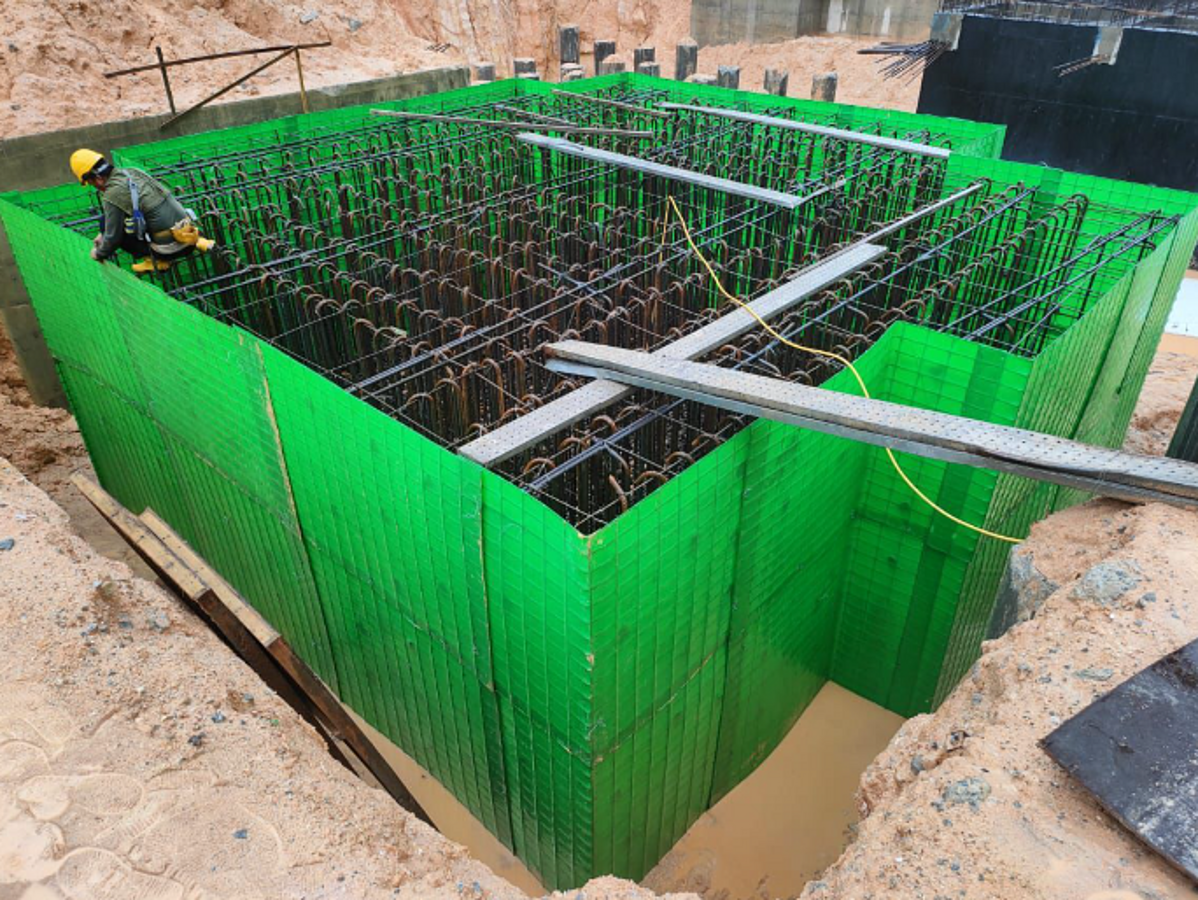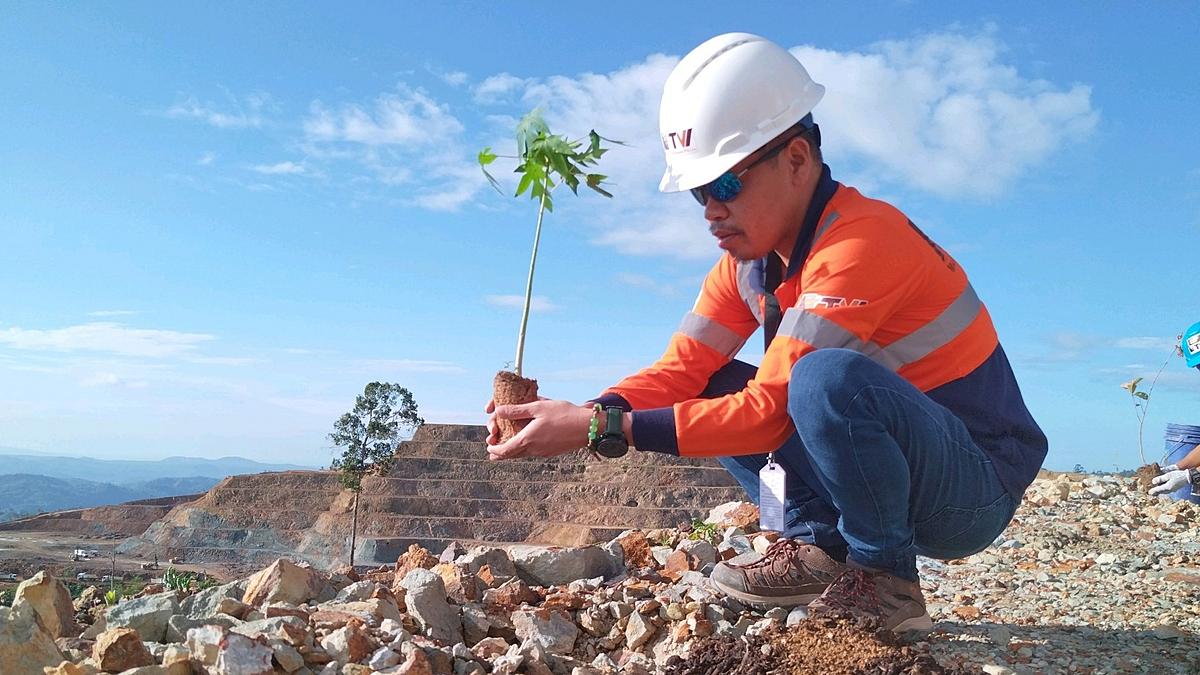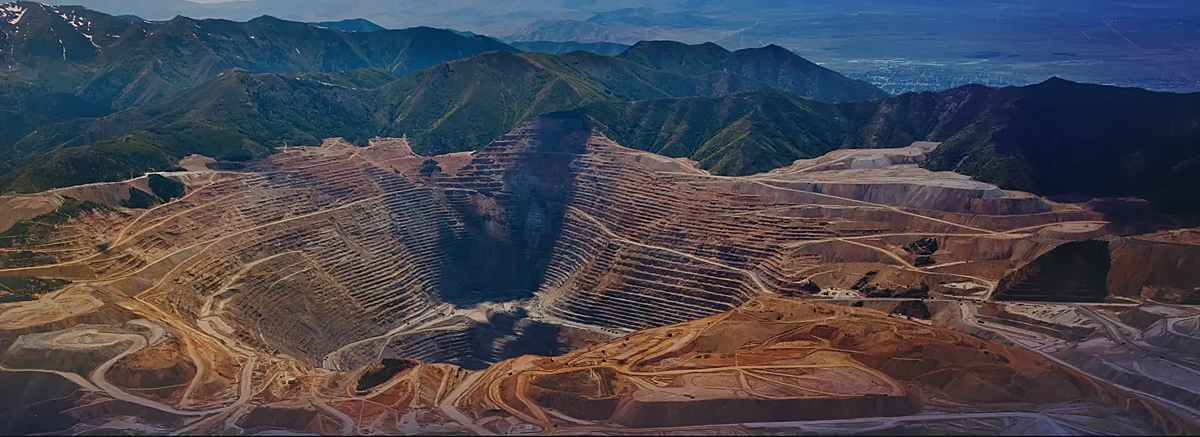Photo credit: Department of Transportation
Several big-ticket infrastructure projects in the transportation sector have been approved or are already being implemented by the administration of President Ferdinand R. Marcos Jr., the Department of Transportation (DOTr) reported Monday.
In a statement, the DOTr said the Cebu Bus Rapid Transit Project, Davao Public Transport Modernization Project, EDSA Greenways, the Light Rail Transit Line 2 (LRT-2) West Extension, and the Light Rail Transit Line 1 (LRT-1) Cavite Extension are all ongoing as of March 9 according to the National Economic and Development Authority (NEDA).
These projects are among the 67 infrastructure flagship projects (IFP) that have been greenlit or are already underway out of the 194 high-impact projects under Marcos’ "Build Better More" program.
In the rail sector, these approved and ongoing projects include the Metro Manila Subway Phase 1, Mindanao Rail Phase 1, Metro Rail Transit Line 3 (MRT-3) rehabilitation, Metro Rail Transit Line 4 (MRT-4), Metro Rail Transit Line 7 (MRT-7), New Cebu International Container Port, New Manila International Airport (Bulacan International Airport), North-South Commuter Railway (NSCR), Philippine National Railways (PNR) South Long Haul, and the Subic Clark Railway.
The New Dumaguete Airport Development Project (Bacong International Airport) and the Integrated Flood Resilience and Adaptation (InFRA) Phase 1 have also both been approved by NEDA, with six projects awaiting approval.
Last week, the NEDA Board, led by Marcos, approved 194 high-impact priority projects with a total cost of around PHP9 trillion.
The board also approved amendments to the 2013 Joint Venture guidelines to support the government’s push for more investments in the country’s infrastructure.
PNR suspension
Meanwhile, Senate President Pro Tempore Loren Legarda has expressed alarm over an impending suspension of select PNR routes due to the NSCR, saying it will affect thousands of commuters, mostly students and workers.
“The welfare of the riding public should always be prioritized yet it remains to be seen whether such proposed solutions would effectively and sufficiently address the riding public's urgent demands in time for the imminent suspension of the operations of the PNR,“ Legarda said in her explanatory note on Senate Resolution No. 546.
The PNR plans to suspend operations of certain routes for up to five years to facilitate the faster construction of the 55-kilometer NSCR.
The construction will start in May and PNR may suspend the routes between Governor Pascual in Malabon City and Calamba City in Laguna, and well as Alabang, Muntinlupa City to Calamba.
The Tutuban, Manila-Alabang route will be suspended in October and will affect between 20,000 and 25-000 passengers daily.
Legarda urged the Committee on Public Order, chaired by Senator Grace Poe, to look into the impending suspension and come up with alternative solutions.
Article courtesy of the Philippine News Agency

